Fine Art Gallery Art Link (갤러리 아트링크)
487.9M 20314 2019-03-19
66-17, Yulgok-ro 3-gil, Jongno-gu, Seoul
+82-2-738-0738
Opened in March 2003, the Fine Art Gallery Art Link is a gallery that displays art pieces while creating an opportunity for patrons to meet the art and artists. The gallery also contributes to communication between modern art and people through online and offline channels.
DAHMSOJUNG[Korea Quality] / 담소정[한국관광 품질인증/Korea Quality]
487.7M 21939 2024-06-26
16-2, Bukchon-ro 9-gil, Jongno-gu, Seoul
010-3749-9550
Dahmsojung, meaning ‘a house full of laughs’, is a hanok guesthouse that provides sincere services and comfortable relaxation. Located in the middle of Seoul’s city center, this hanok hotel-class guesthouse was built using traditional hanok construction materials including the 200-years-old Korean land pine from Gyeongju, and clay for rooms. The owner originally bought the land to build the residential area for the family, but wishing to promote the charms of the hanok building to foreigners, it was opened as a guesthouse in October 2012. This hanok guesthouse with modern elements is decorated with refined interior items. It provides a special breakfast that consists of steamed rice wrapped in a lotus leaf and tasty side dishes without any artificial seasonings. All the vegetables used for the meals are organic and cultivated by the owner. It also uses refined objects including high quality tableware, bedding (cotton bedclothes with colored stripes), authentic ceramics, lacquered painting by an artisan, and artistic living items. It carries out a cleaning and disinfection process every day as well. In particular, Hinoki cypress with a subtle scent was used for the bathroom. The home bar was installed especially for foreign guests who find it difficult to sit on the floor in the kitchen. These detailed consideration and decorations have attracted many guests including foreign diplomats, VIPs, and so on.
It also operates a hands-on programs including ‘calligraphy’ and ‘making a fan’ that are held on the main floored room and are popular among foreign guests. Dahmsojung offers guests sophisticated services and comfortable facilities with a clean and traditional atmosphere that attracts many domestic and foreign guests.
Lee Ri-Ja Hanbok Museum (이리자 한복전시관)
493.6M 29389 2022-08-08
20, Samcheong-ro, Jongno-gu, Seoul
+82-2-734-9477
The Lee Ri-Ja Hanbok Museum displays the traditional clothing worn in Korea from birth to death. All hanbok displayed at the museum are created by the hanbok designer Lee Ri-Ja herself, who has over 40 years of experience.
Baek In-je House (백인제가옥)
493.6M 13398 2024-07-30
16 Bukchon-ro 7-gil, Jongno-gu, Seoul
+82-2-724-0200
Baek In-je House, located in Bukchon Hanok Village, is a hanok built during the Japanese administration period that portrays modern hanok features. The structure consists of a main room offering a good view of the whole village, spacious bedrooms, a large garden, and annex buildings. As it maintains the beauty of a traditional hanok while incorporating the modern trend of its time, Baek In-je House is considered to be highly valuable in means of both architecture and history, representing the Bukchon Hanok Village together with Yun Bo-seon House.
Baek In-je House was built from black pine, which was first introduced in Seoul during the Gyeongseong Expo in 1907, distinguishing itself from other upper-class houses of its time. Unlike other traditional hanok designs that separate the main building from the other rooms, Baek In-je House connects the two with a hallway, allowing convenient access between the two structures. The house also consists of a Japanese-style hallway and floor mat rooms, reflecting the interior trends of that period. Baek In-je House is also unique in that the main room is partially built as a two-story structure, a style that was never seen in any traditional hanok built during the Joseon period.
Kumho Museum of Art (금호미술관)
509.6M 14508 2020-06-11
18, Samcheong-ro, Jongno-gu, Seoul
+82-2-720-5114
The Kumho Museum of Art was opened to celebrate the diversity of art. The museum displays new pieces of art from promising new artists and accomplished artists every year. The museum first opened its doors in Gwanhun-dong in 1989, but moved to a larger area in 1996 where it stands today. The Kumho Museum of Art stands on the east side of Gyeongbokgung Palace. The museum is surrounded by other cultural and folk museums. The B1 floor features artwork of new artists while the 1st and 2nd floors feature project exhibitions and invitation exhibits. About once a year foreign artists are invited to display their art in the museum. There are official invitation exhibitions of seven artists yearly. These are artists who have strongly influenced Korean art. On the 3rd floor of the museum is a small concert hall, also known as Kumho Recital Hall. Although the capacity is only 171 people, all concerts are executed with professional care. On the 1st floor there is a coffee shop and an art shop. The coffee shop and art shop remain open on days the museum is closed.
Tea Therapy (티테라피)
518.7M 0 2024-01-30
74 Yunboseon-gil, Jongno-gu, Seoul
Tea Therapy, located in Jongno-gu, Seoul, is a place for those who feel uncomfortable because of a minor illness that is not serious enough to require going to the hospital. Visitors can enjoy medicinal herb tea, which is often difficult to approach, in a more easy and special way here. Tea Therapy’s tea, like other herbal teas, can be brewed within 3 minutes and offers a soothing sensation. Not only is the tea delicious but it also benefits the body. Even those unfamiliar with teas can find a tea that suits their taste and needs through a simple and amusing tea test. The types of tea offered at Tea Therapy include Hyangtong Tea, good for muscle pain; Omija Tea, which gives vitality; Medicinal Herb Tea, good for colds; and Pear and Bellflower Root Tea, good for the bronchial tubes. They also sell those teas so that visitors can enjoy the same taste at home.
Gallery Hyundai (갤러리 현대)
525.9M 20136 2021-03-18
14, Samcheong-ro, Jongno-gu, Seoul
+82-2-2287-3500
Gallery Hyundai has been improving daily for over 40 years since April 1970, working closely with various Korean artists in modern art. Gallery Hyundai introduces varied artists including prominent artists, as well as up-and-coming artists, regardless of genre through sophisticated exhibitions, showing domestic and overseas art all in one place.
Dugahun (두가헌)
525.9M 11197 2024-03-20
23 Yulgok-ro 1-gil, Jongno-gu, Seoul
+82-2-3210-2100
Dugahun is a wine restaurant near Gyeongbokgung Palace, meaning "a very beautiful house." Located in a traditional hanok from the 1910s, it offers a taste of Western culture with wine. Only lunch and dinner courses are available, and customers can select wines from the underground wine cellar or bring their own. Across the street, Gallery Dugahun, housed in a historic Russian-style brick building built in the late period of Joseon, showcases high-quality art pieces.
Baengnyeon Tojong Samgyetang (백년토종삼계탕)
540.5M 21155 2021-03-24
41, Bukchon-ro, Jongno-gu, Seoul
+82-2-747-5535
This is the place featured on the Michelin Guide. This Korean dishes restaurant is located in Jongno-gu, Seoul. The representative menu is ginseng chicken soup.
Seoureseo Duljjaero Jalhaneunjip (서울서둘째로잘하는집)
549.5M 20742 2024-03-15
122-1 Samcheong-ro, Jongno-gu, Seoul
+82-2-734-5302
Seoureseo Duljjaero Jalhaneunjip is a sweet red bean porridge and traditional tea house near Gyeongbokgung Palace. Sweet red bean porridge is a sweet and smooth dish typically containing chewy rice cakes and chestnuts. In Korea, it's a traditional food eaten during dongji (the shortest day and longest night of the year). They also offer traditional teas like ssanghwatang (herbal tonic tea), which contains seven medicinal herbs, sujeonggwa (cinnamon punch) with a blend of cinnamon and ginger flavors, and sikhye (sweet rice punch), a drink known for aiding digestion.
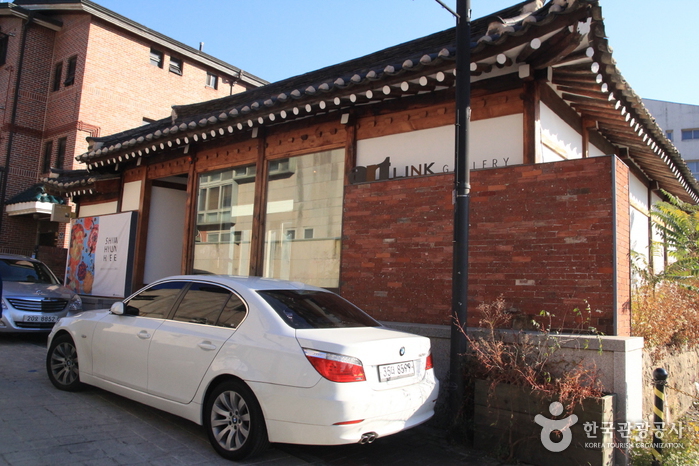
![DAHMSOJUNG[Korea Quality] / 담소정[한국관광 품질인증/Korea Quality]](http://tong.visitkorea.or.kr/cms/resource/92/2477092_image2_1.png)

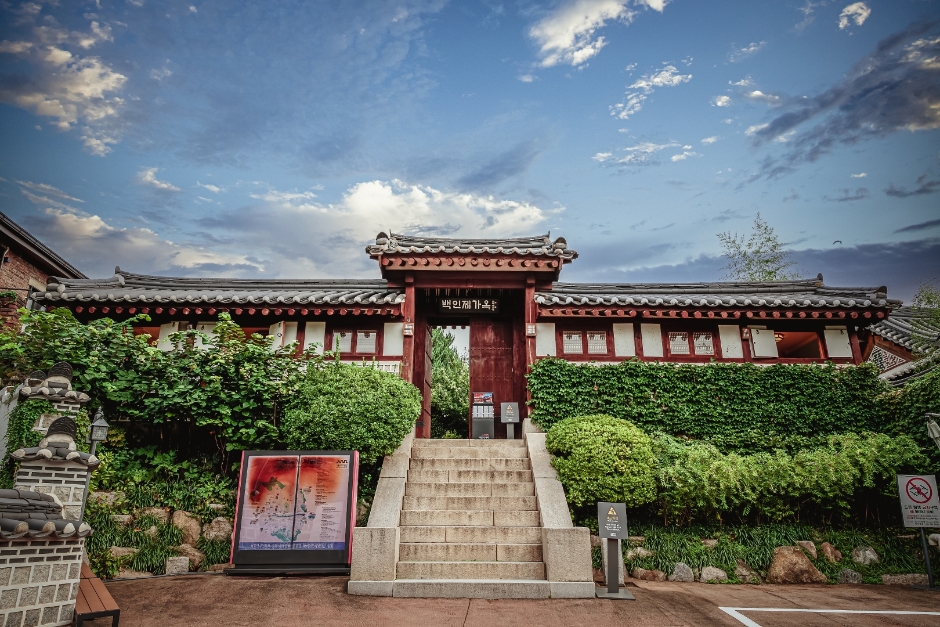
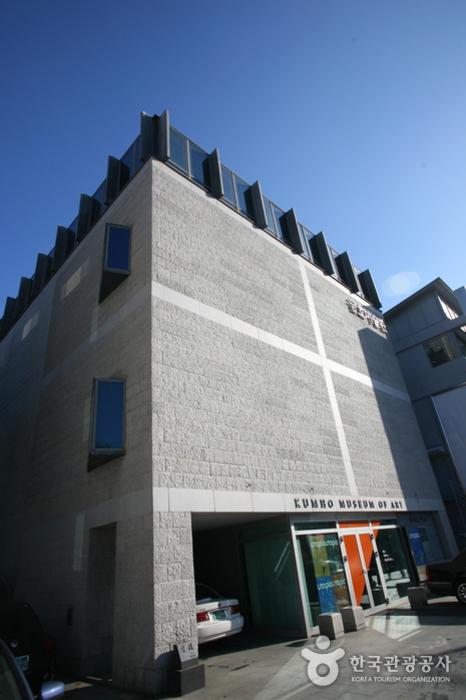
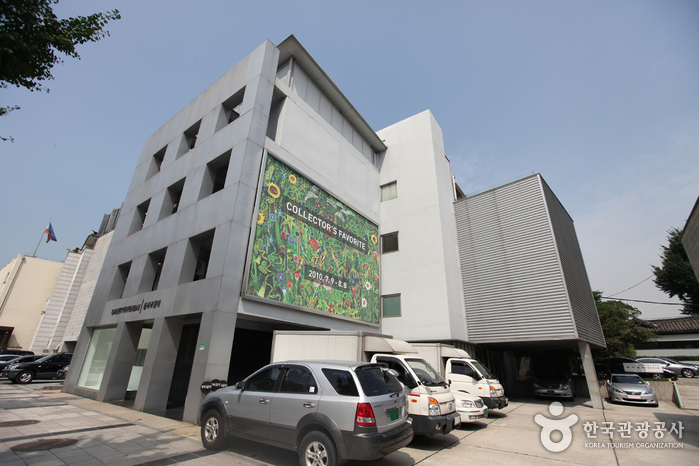
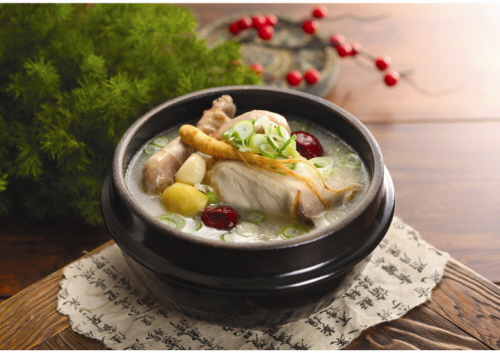
 English
English
 한국어
한국어 日本語
日本語 中文(简体)
中文(简体) Deutsch
Deutsch Français
Français Español
Español Русский
Русский